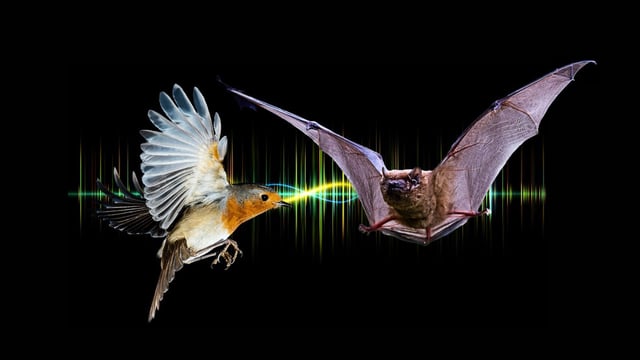Overview
- Researchers fitted 14 greater noctule bats in southern Spain with high‑resolution biologging tags that captured 3D movement, altitude and audio.
- The devices documented two attacks on migrating passerines, with one successful hunt that yielded definitive audio and motion signatures.
- In the confirmed case, a bat climbed to about 1,200 meters, pursued a European robin for nearly three minutes with 21 distress calls, then ate for 23 minutes while flying.
- Detached wings with distinct bite marks found under hunting grounds, supported by X‑ray and DNA analyses, indicate the bats remove wings to reduce drag and handle prey in flight.
- Authors note many songbirds cannot detect the bats’ low‑frequency echolocation and place the behavior in a conservation context for this rare species facing droughts and wildfires in southern Europe.

